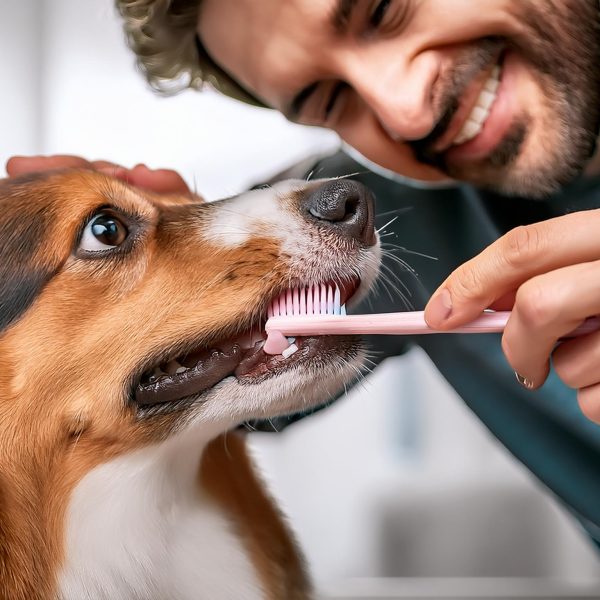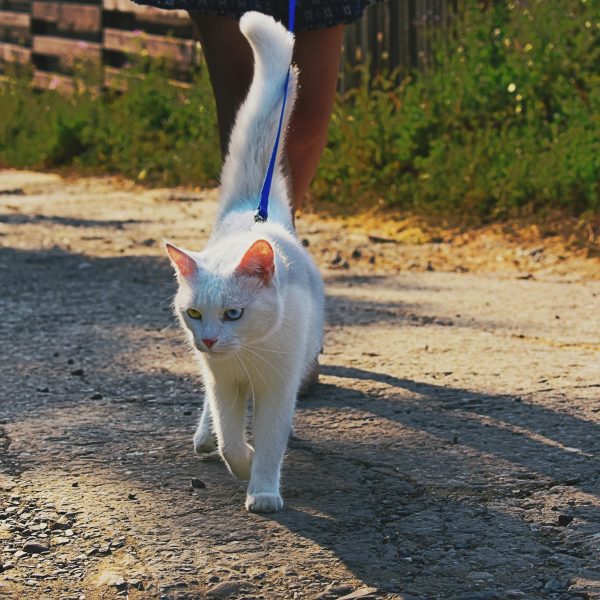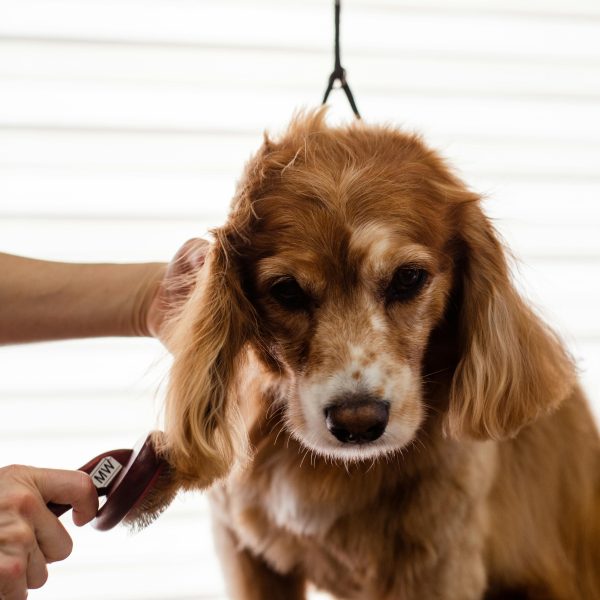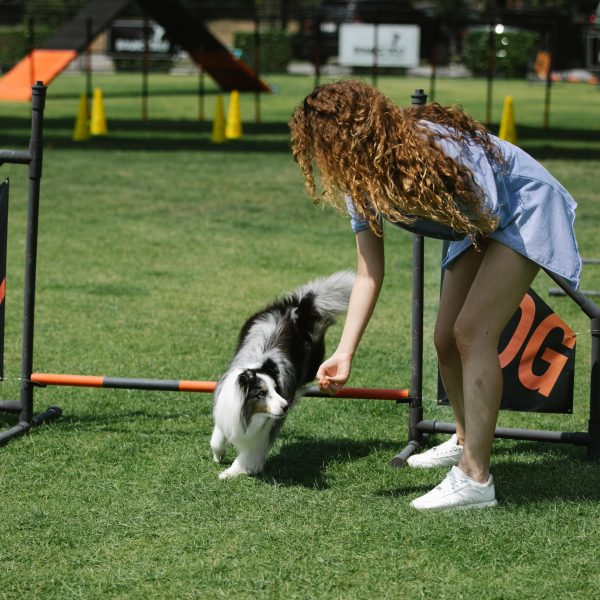Ensuring a pet-friendly atmosphere in your home is crucial for the well-being and happiness of your furry friends, whether they are dogs, cats, birds, or other pets. Prioritizing their safety, comfort, and engagement is key. This guide will lead you through the process of creating a pet environment that meets your pets’ needs while also maintaining a harmonious living space for all inhabitants.
Step 1: Safety Comes First – Making Your Home Pet Safe
The initial step to establish a pet-friendly setting involves making sure that your home is safe for your pets. Similar to childproofing, pet-proofing requires identifying and addressing potential dangers:
- Securing Hazardous Items: Everyday household items like cleaning products, medications, and certain foods (such as chocolate, grapes, or onions) can pose risks to pets. It’s important to store these items in cabinets or out of their reach.
- Managing Electrical Cords: Pets, especially young ones, may chew on electrical cords, which can result in serious harm. Using cord covers or securely taping them to walls or furniture can help prevent access.
- Avoiding Harmful Plants: Certain indoor plants, like lilies, aloe vera, and philodendrons, are harmful if ingested by pets. Make sure to research and remove any plants that could be harmful to your pet.
- Securing Waste Bins: Pets are naturally curious and might go through trash bins, putting them at risk of coming into contact with dangerous substances. Use bins with lids or store them in closed spaces.
- Windows and Balconies: Ensure that your windows have screens and balconies are pet-proofed with barriers to prevent falls. Cats, especially, are susceptible to “high-rise syndrome,” where they could fall from heights if they slip or chase after something.
Step 2: Creating a Cozy Environment – Establishing Pet Spaces
Setting up designated areas for your pets helps them feel comfortable and gives them their own spot to unwind. Here’s how you can do it:
- Comfy Bedding: Invest in quality bedding that suits your pet’s size and preferences. Dogs and cats, for instance, enjoy beds that offer support, warmth, and a feeling of security.
- Quiet Retreats: Designate a spot in your home where your pet can go when they need some rest or want a break from household commotion. This could be a corner of a room or a snug nook equipped with their bed, toys, and water bowl.
- Feeding Stations: Create a feeding area that’s easy to clean and located away from busy areas of the house. Make sure there is always water available.
For cats, it’s best to place their litter boxes in easily reachable spots. Remember to clean them regularly to keep things tidy and prevent any odors from building up.
Step 3: Enrichment and Stimulation – Keeping Your Pet Engaged
Keeping your pet mentally and physically stimulated is important for their well-being. Providing an enriching environment is key, especially if your pet spends most of their time indoors:
- Toys and Treats: Offer a variety of toys and treats that cater to your pet’s natural behaviors. Dogs may enjoy chew toys, ropes, or puzzle feeders, while cats might be entertained by feather wands or laser pointers.
- Interactive Playtime: Spend quality time playing with your pet every day. Not only does it keep them active, but it also strengthens the bond between you. Dogs might love a game of fetch, while cats could have fun chasing a toy mouse.
- Scratching Posts: Cats need to scratch to maintain their claws and mark their territory. Make sure they have sturdy scratching posts or pads to satisfy this instinct without damaging your furniture.
- Climbing Structures: Cats adore climbing and perching up high. Consider installing cat trees, shelves, or window perches so they can explore vertically and enjoy observing their surroundings.
When setting up your pet’s space, it’s a good idea to provide them with a safe area to enjoy the outdoors. For dogs, a fenced yard works well, while cats might appreciate a “catio” where they can get some fresh air without any risks.
Step 4: Choosing Pet-Friendly Materials – Flooring and Furniture
When it comes to choosing flooring and furniture materials, think about what will be best for your furry friend and how easy it will be to keep everything clean:
- Durable Flooring: Opt for sturdy flooring that can handle the wear and tear from pets’ paws, claws, and occasional accidents. Tiles, laminate, or sealed hardwood floors are great choices that are also easy to maintain. Avoid carpets as they tend to trap hair and odors.
- Pet-Friendly Furniture: Select furniture with fabrics that resist scratches and stains. Leather, microfiber, and certain performance fabrics are good options. Using slipcovers can help protect your furniture and simplify cleaning.
- Rugs and Carpets: If you like having rugs, go for ones that are easy to clean with a low pile. Adding slip pads underneath can prevent them from moving around when your pets roam the house.
Step 5: Maintaining a Clean and Healthy Environment
Maintaining a clean and healthy environment is essential in a pet-friendly home, ensuring the well-being of both your pets and your family members:
- Cleaning: Make it a habit to vacuum and sweep frequently to eliminate hair, dander, and dirt. Utilize cleaning products specifically designed for pets to address any accidents or lingering odors promptly.
- Grooming: Regular grooming plays a crucial role in minimizing shedding and keeping your pet’s coat in good condition. Brush your furry companion regularly and give them baths as necessary.
- Pest Management: Safeguard your living space and furry friends from pests such as fleas, ticks, and worms by using recommended treatments from veterinarians. Additionally, maintain cleanliness by regularly washing and cleaning pet areas.
Step 6: Catering to Your Pet’s Behavior and Personality
Each pet possesses unique characteristics that should be considered when creating their living environment tailored to their needs:
- Social Pets: For sociable pets that thrive on interaction with people or other animals, provide ample opportunities for socializing. If suitable, consider adding another pet companion to enhance their quality of life.
- Independent Pets: Some pets prefer solitude at times and require their own space for relaxation. Ensure there are designated zones where they can retreat when seeking moments of peace.
- Caring for Older Pets and Those with Health Issues: Older pets or those with health concerns might need special arrangements like orthopedic beds, ramps, or easily accessible feeding and watering spots.
Step 7: Training and Setting Limits
Training your furry friend is crucial for a harmonious living environment. Setting boundaries helps your pet understand what is expected of them and reduces stress for both of you:
- Encouraging Good Behavior: Use positive reinforcement methods to train your pet. Reward positive actions with treats, praise, or playtime. Remain consistent with commands and expectations.
- Establishing Rules: Teach your pet which areas in the house are off-limits, such as furniture or certain rooms. Utilize gates or barriers if needed to reinforce these rules.
- Addressing Behavioral Concerns: Deal with any issues like chewing, barking, or scratching through training and appropriate activities to prevent damage to your home while ensuring your pet’s well-being.
Creating a pet-friendly environment at home is a fulfilling journey that improves the quality of life for both your companions and your family. By prioritizing safety, comfort, enrichment, and regular care routines, you can offer a space where your pets feel safe, content, and cherished. In a household that welcomes pets, it’s more than just making room for your furry friends; it’s about fostering a balanced environment where everyone can flourish side by side.








